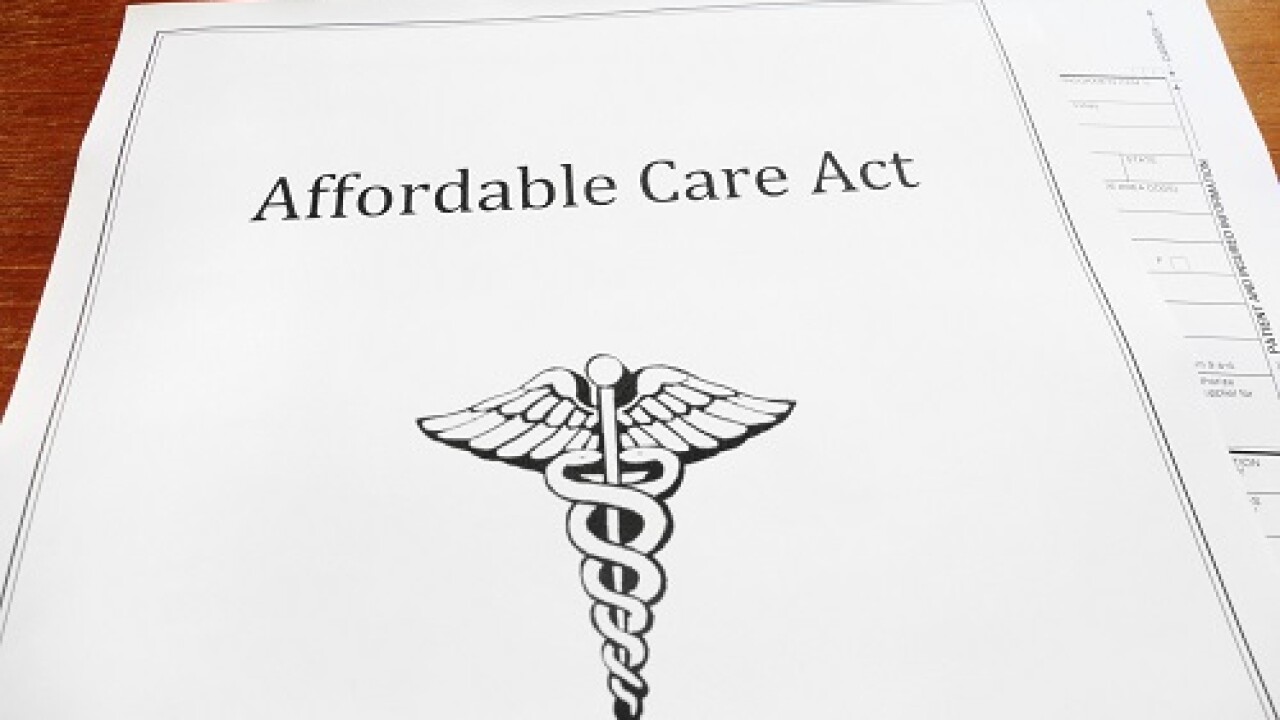Like-kind real estate exchanges, or 1031 exchanges, have been an integral part of real estate investment for many years, dating back to the Revenue Act of 1921. While these rules have evolved over time, the core purpose has remained the same: 1031 exchanges allow real estate investors to defer capital gains taxes on disposed property if they acquire a new property of equal or greater value within the prescribed time period.
Under current guidelines, real property can be exchanged as long as it is “held for productive use in trade or business or for investment.” Real property like-kind exchanges can include rental housing, commercial buildings, land, retail properties and more. However, the new Biden administration’s proposed changes may have negative implications for the real estate market and real estate professionals.
Background on like-kind exchanges
Like-kind exchanges allow taxpayers to exchange real property that is similar and defer the recognition of a gain. A deferral of gain is currently allowed under the viewpoint that the taxpayer who enters the exchange is merely changing their investment vehicle. As stated in Section 1031 of the Internal Revenue Code, taxpayers may sell appreciated real property that is used for business or investment purposes and defer tax on the gain if the taxpayers reinvests in similar property. In other words, the asset appreciation on the exchange is not eliminated, but merely deferred until a later point in time when the taxpayer eventually sells the property received in the exchange. Why are 1031 exchanges so significant? Like-kind transactions allow real estate professionals to grow and diversify their portfolios, with limited federal income tax implications.
What qualifies as a 1031 exchange? In order to qualify under Section 1031, there must be an exchange of real property that was held for the productive use in a trade or business or for investment solely for property of a like kind to be held either for productive use in a trade or business or for investment. Items like stocks, bonds, notes, and partial interests in partnerships do not qualify. Personal property and property held primarily for sale also do not qualify. The definition of like-kind real property is extremely liberal. For example, commercial real estate could be exchanged for farmland and under the current definition could qualify for like-kind treatment.
Biden administration tax proposal
Under the administration’s fiscal year 2022 revenue proposals, also referred to as the “Green Book,” the Biden administration proposes to limit 1031 like-kind exchanges. The proposed change to IRC Section 1031 would limit the amount of gain that would be allowed to be deferred under a like-kind exchange if the gain exceeds $500,000 per year for a single taxpayer, or $1 million in the case of married individuals filing a joint return. Therefore, any gains from like-kind exchanges that exceed $500,000 or $1 million would be subject to capital gains tax.
In addition to limiting the amount of gain that is deferred under 1031, the Green Book also proposes that long-term capital gains be taxed at the ordinary income tax rates for taxpayers with adjusted gross income exceeding $1 million. Under the Green Book, the highest ordinary income tax rate would increase from 37% to 39.6% for married, joint-filing taxpayers with taxable income over $628,300 and for single taxpayers with taxable income over $523,600. The limitation on the amount of gain that can be deferred on 1031 like-kind exchanges coupled with increased tax rates on long-term capital gains has the potential to cause the tax bill of high-income real estate professionals to skyrocket.
Timeline for limited 1031
When finalizing the transaction process for 1031 like-kind changes, there is a strict 180-day policy when identifying and exchanging 1031 property. If a taxpayer fails to complete the transaction within the 180-day timeframe, the gain is recognized and included in taxable income. A taxpayer who is interested in a like-kind exchange has 45 days to identify potential replacement properties once the transfer of their relinquished property has closed. The exchanger also has 180 days from the time they relinquished their property to acquire replacement property.
The administration has proposed an effective date for the limited 1031 deferral provision to be for exchanges completed in tax years after Dec. 31, 2021. With the 180-day timeframe in mind, taxpayers that enter into a 1031 like-kind exchange on or after July 5, 2021, and take the full 180-days to finalize, will have completed their 1031 transaction in the 2021 taxable year, meaning the taxpayer’s deferral on exchanges is now limited if the amount surpasses $500,000 ($1 million for married filing joint). With this timeframe in mind, real estate investors may rush to consider swapping properties before the tax break is eliminated.
The future of the real estate market
With these new tax proposals, high-net-worth real estate professionals should be monitoring potential federal tax reform carefully. Additionally, for real estate investors looking for their next investment in new real estate dealings, the use of Tenancy in Common arrangements should be explored. This could be beneficial and assist in limiting the amount of gain realized on a future 1031 deferral to ensure it falls under the limitation. While this 1031 like-kind exchange limitation has not yet been passed, it is clear that the tax proposals would shift behaviors within the real estate market, and federal income tax planning will become more challenging.





